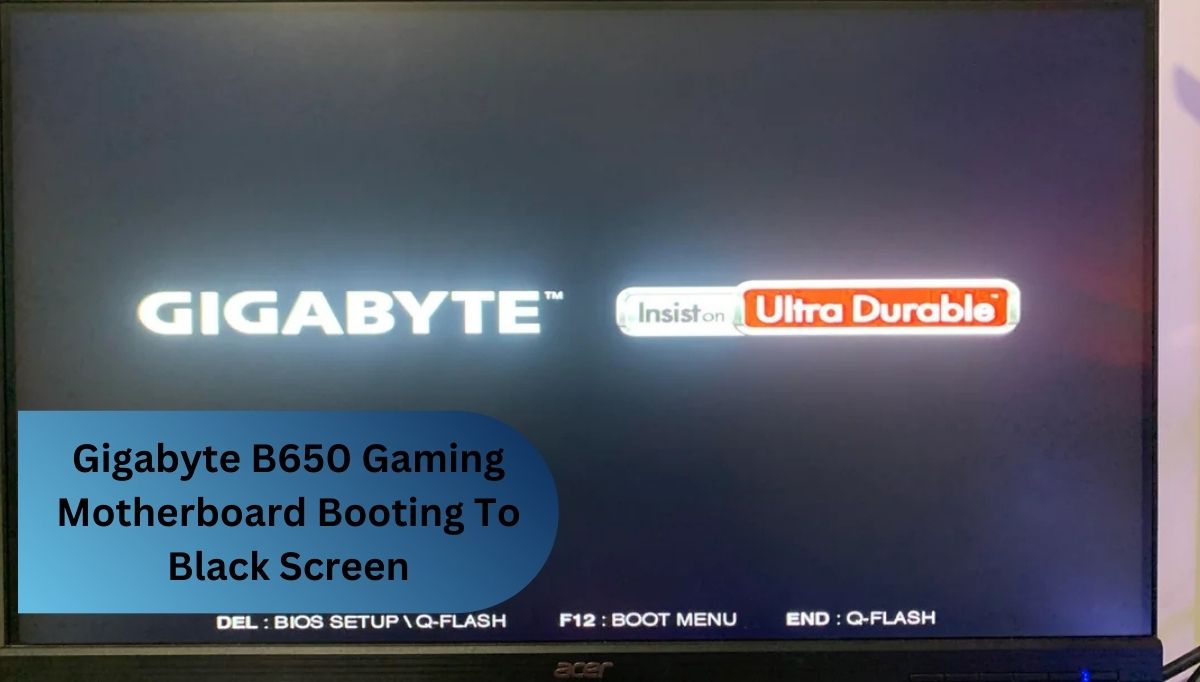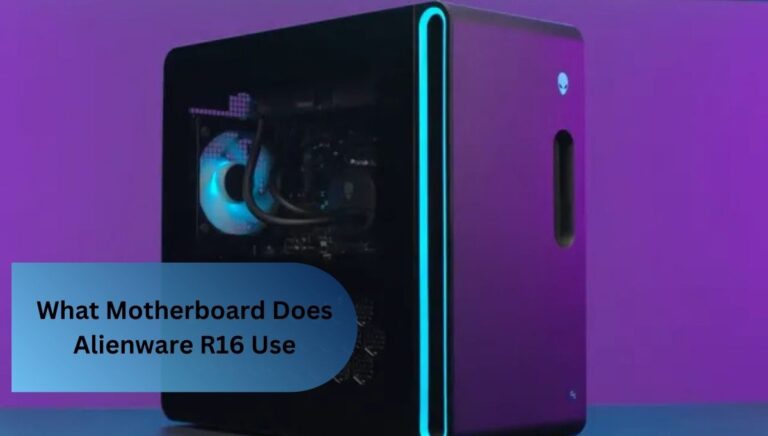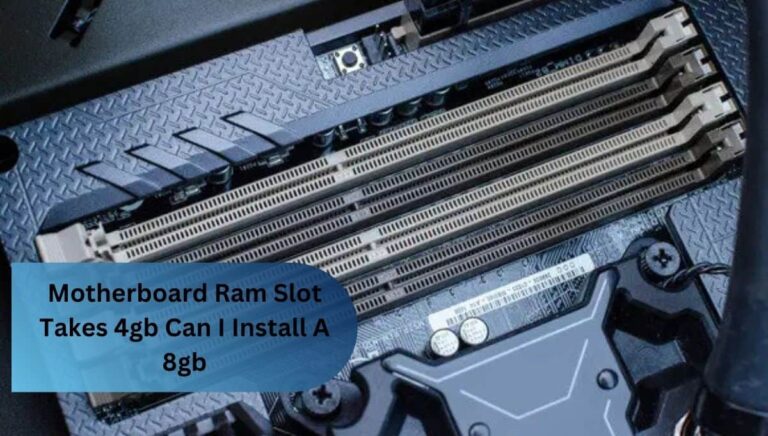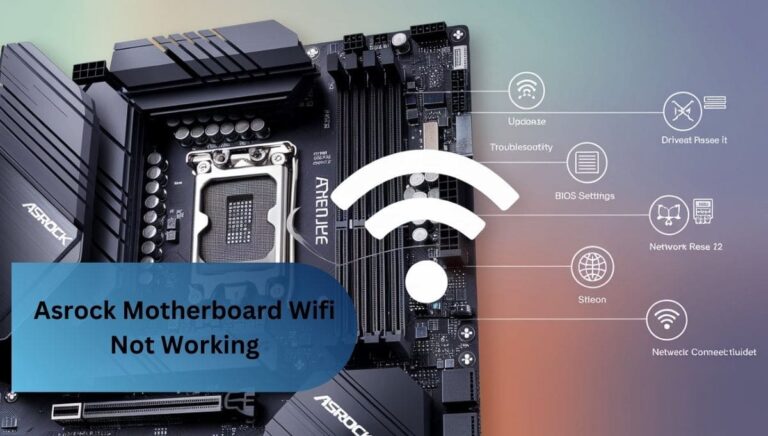Gigabyte B650 Gaming Motherboard Booting To Black Screen – A Unique Guide!
I had an issue with my Gigabyte B650 Gaming motherboard where it booted to a black screen. After some troubleshooting, I found that resetting the BIOS helped—it seemed like some settings were out of sync. Double-checking the RAM seating also made a difference, as a loose connection was part of the problem.
The Gigabyte B650 Gaming motherboard booting to a black screen is often due to BIOS issues or loose RAM. A quick fix is to reset the BIOS and ensure all hardware connections are secure.
In this article, we discussed common causes and solutions for the Gigabyte B650 Gaming Motherboard booting to a black screen. Troubleshooting tips like resetting the BIOS, checking connections, and updating firmware were covered to resolve the issue.
Introduction To Gigabyte B650 Gaming Motherboard Booting To Black Screen
The Gigabyte B650 Gaming Motherboard booting to black screen can be a frustrating issue for users. This problem often arises during startup, where the Gigabyte B650 Gaming Motherboard booting to black screen prevents further access to the system.
Typically, the Gigabyte B650 Gaming Motherboard booting to black screen results from BIOS misconfigurations or hardware connection issues, like improperly seated RAM or graphics cards.
Troubleshooting the Gigabyte B650 Gaming Motherboard booting to black screen may involve resetting the BIOS or reseating components to ensure firm connections. While it’s a common issue, understanding the Gigabyte B650 Gaming Motherboard booting to black screen helps in quickly restoring functionality.
What Is A Black Screen During Boot?
A black screen during boot is when a computer starts up but displays no visual output on the monitor. This issue typically signals that the system isn’t reaching the operating system loading stage, often due to hardware or firmware issues.
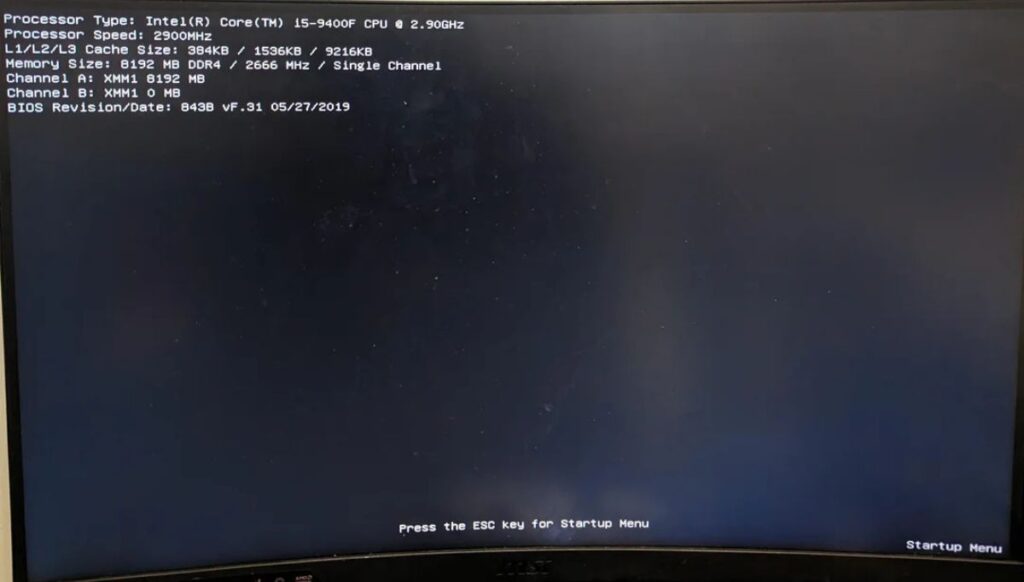
Causes can range from faulty connections, like loose RAM or graphics cards, to problems with BIOS settings that prevent the system from initializing properly. Resolving a black screen during boot usually involves checking connections, resetting the BIOS, or troubleshooting specific hardware components.
Common Causes Of A Black Screen On The Gigabyte B650 Gaming Motherboard
1. Incorrect BIOS Settings:
Incorrect BIOS settings can disrupt the startup process, causing the system to fail at boot and display a black screen. Resetting the BIOS to default often restores these settings, allowing the hardware to initialize properly.
Read Also: Acer Aspire Xc-603g Motherboard Tx1 Pinout – A Complete Guide!
2. Faulty or Loose Hardware Connections:
Loose or faulty hardware connections can interrupt the boot process, leading to a black screen on startup. Even a slightly unseated RAM stick or graphics card can prevent the system from initializing properly.
3. Incompatible or Corrupted Firmware:
Incompatible or corrupted firmware can prevent the motherboard from properly starting up, leading to a black screen. This happens when the BIOS version doesn’t align with the hardware requirements or has become damaged, affecting its ability to initialize components.
4. Power Supply Issues:
Power supply issues can prevent the Gigabyte B650 Gaming Motherboard from booting, leading to a black screen. If the power supply isn’t providing enough wattage or is malfunctioning, it can cause the system to fail during startup.
Are B650m Gaming X Ax Mobo Bios Update Black Screen
A BIOS update on the B650M Gaming X AX motherboard can sometimes lead to a black screen, especially if the update process was interrupted or if the new version is incompatible with the current hardware setup. This issue can prevent the system from booting, leaving the display blank during startup.
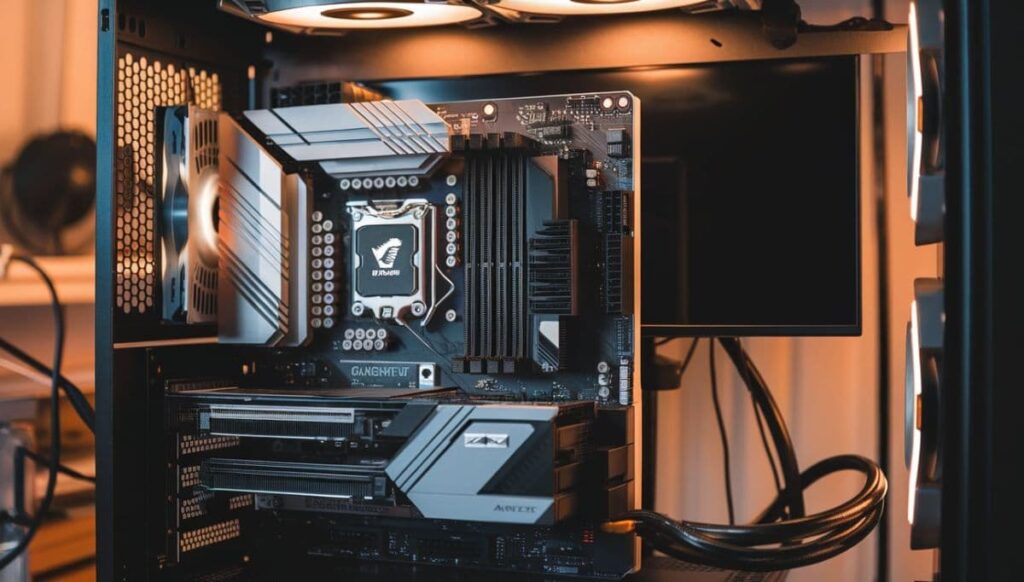
- Incomplete BIOS Update: The motherboard might not boot up correctly if the update process is halted. Functionality can be restored by going back to the prior version.
- Incompatible BIOS Version: A new BIOS update might not be fully compatible with older components, causing a black screen. Ensure compatibility before updating.
- Power Failure During Update: A sudden power loss while updating can corrupt the BIOS, resulting in boot failures.
- Clear CMOS: Resetting the CMOS can help resolve any BIOS conflicts and restore the system to a bootable state after an update.
How To Fix My Gigabyte Board Giving No Display?
- Check Connections: Ensure that all cables, including power and display cables, are securely connected to both the motherboard and monitor.
- Reseat RAM and GPU: Sometimes, loose RAM or graphics card connections can cause display issues. Remove and firmly reseat these components.
- Clear CMOS: Resetting the CMOS battery can help clear any conflicting BIOS settings that may prevent the display from working.
- Update BIOS: If the BIOS is outdated, consider updating it to resolve compatibility issues that may be causing the display problem.
- Test with Another Monitor: To rule out monitor issues, connect the system to a different monitor and check if the display works.
- Check Power Supply: Verify that the power supply is functioning properly and providing adequate power for all components.
How To Troubleshoot A Black Screen On The Gigabyte B650 Gaming Motherboard
1. Verify All Cable Connections:
- Check Power Cables: Ensure the main power cable and CPU power cable are firmly connected to the motherboard.
- Inspect Display Cables: Verify that the HDMI, DisplayPort, or VGA cable is securely connected to both the motherboard and the monitor.
- Reconnect Peripheral Cables: Double-check USB connections and any other external device cables, as faulty peripherals can sometimes interfere with booting.
- Examine Internal Connections: Look over internal cables, like those for storage drives, to ensure everything is properly seated for a smooth startup.
- Test with Alternative Cables: If possible, try different cables to rule out faulty ones as the source of the issue.
2. Reseat the RAM and GPU:

- Power Down Completely: Turn off the system and unplug it to avoid any electrical issues before handling components.
- Remove RAM and GPU Carefully: Gently remove the RAM sticks and graphics card, noting their original positions for accurate reinstallation.
- Inspect for Dust or Debris: Check the slots for any dust buildup, which can disrupt connections, and clean gently if needed.
- Reinsert Firmly: Place each component back into its slot, pressing down until you hear a secure click or feel it lock into place.
- Double-Check Alignment: Ensure the RAM and GPU are fully aligned with the slots and seated evenly for optimal connection.
- Power On and Test: Once everything is reconnected, power up the system to see if the display issue is resolved.
3. Reset the BIOS Settings:
Resetting the BIOS settings can help resolve conflicts that may prevent the system from booting correctly. This can be done by removing the CMOS battery for a few seconds or using the motherboard’s dedicated reset jumper to restore default settings.
Read Also: Are Gigabyte Motherboards Good – The Ultimate Guide!
4. Check Power Supply Functionality:
Checking the power supply is essential, as an inadequate or failing PSU can prevent the motherboard from fully powering up. Confirm that the PSU provides enough wattage and stable power to support all components, as insufficient power can lead to boot issues like a black screen.
5. Try Using a Different Cable or Monitor:
Testing with a different monitor or cable can help identify if the issue lies with the display setup itself. A faulty cable or monitor can easily cause a black screen, so swapping them out can quickly rule out these potential problems.
6. Update the BIOS Firmware:
System stability can be increased and compatibility problems can be fixed by updating the BIOS firmware. Download the most recent firmware from the manufacturer’s website to accomplish this, and carefully follow the directions to prevent any disruptions while the upgrade is happening.
Can Old BIOS Cause Black Screen?
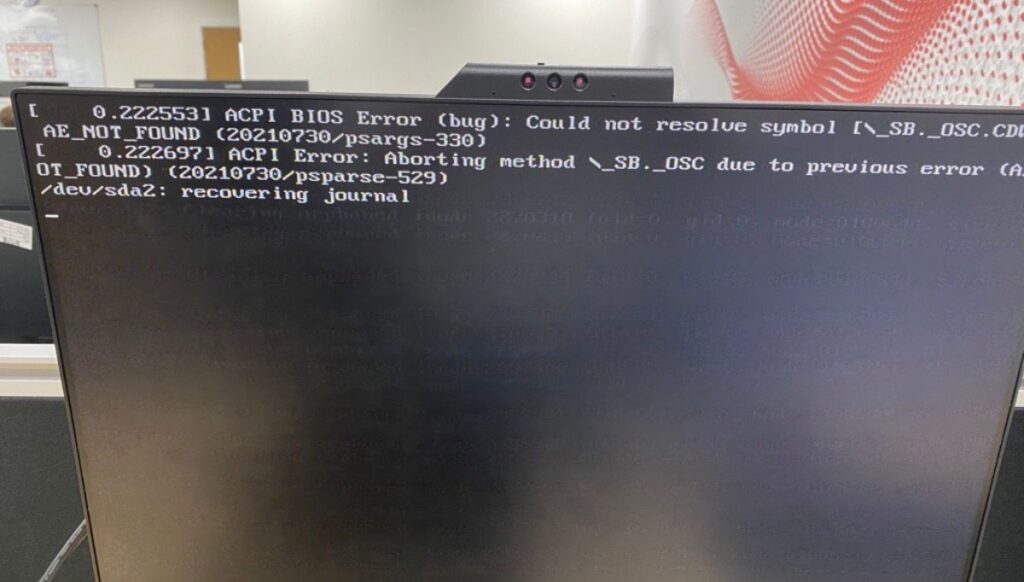
Yes, an outdated BIOS can sometimes lead to a black screen, especially if it’s incompatible with newer hardware or recent software updates. As components and systems evolve, an old BIOS may struggle to support newer features or hardware configurations, causing boot issues. This can prevent the motherboard from initializing properly, resulting in a blank display during startup. Updating the BIOS can often resolve these issues and improve system compatibility.
FAQ’s
1. What should I check if my monitor isn’t displaying anything during boot?
Ensure the monitor is properly connected, powered on, and set to the correct input source. Also, test with a different cable or monitor to rule out issues.
2. Could a software issue cause a black screen during boot?
While less common, corrupted operating system files or drivers can cause boot failures, sometimes resulting in a black screen. Running repair tools might help.
3. What does it mean if I hear my PC running but still see a black screen?
This may indicate a problem with the display, such as a faulty GPU, incorrect BIOS settings, or issues with the motherboard not properly initializing the display.
4. How can I tell if my GPU is causing the black screen issue?
Try booting the system without the GPU by using onboard graphics (if available). If the screen shows up, the issue likely lies with the GPU.
5. Can a black screen on boot be fixed without professional help?
Yes, many issues like loose hardware connections, outdated BIOS, or faulty RAM can be fixed with basic troubleshooting steps, such as reseating components or resetting the BIOS.
Conclusion:
A black screen on boot with the Gigabyte B650 Gaming Motherboard can be caused by various factors, including loose hardware connections, outdated BIOS, or power supply issues. Troubleshooting steps like reseating components, clearing the CMOS, and ensuring proper power supply can often resolve the problem.
By identifying and addressing the root cause, you can restore functionality and get your system back up and running smoothly.
Read More:
